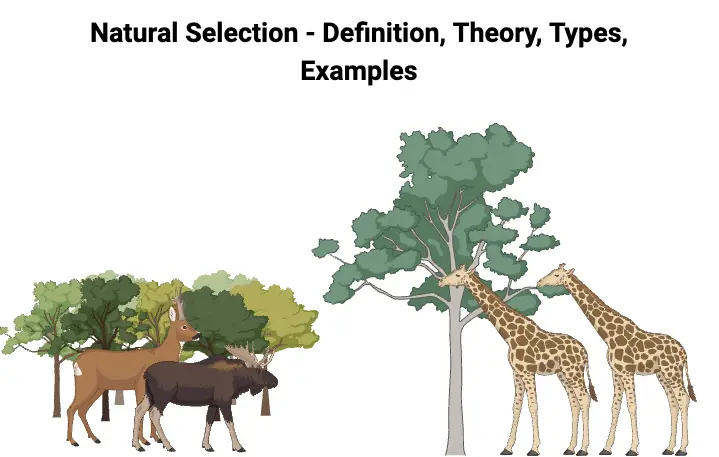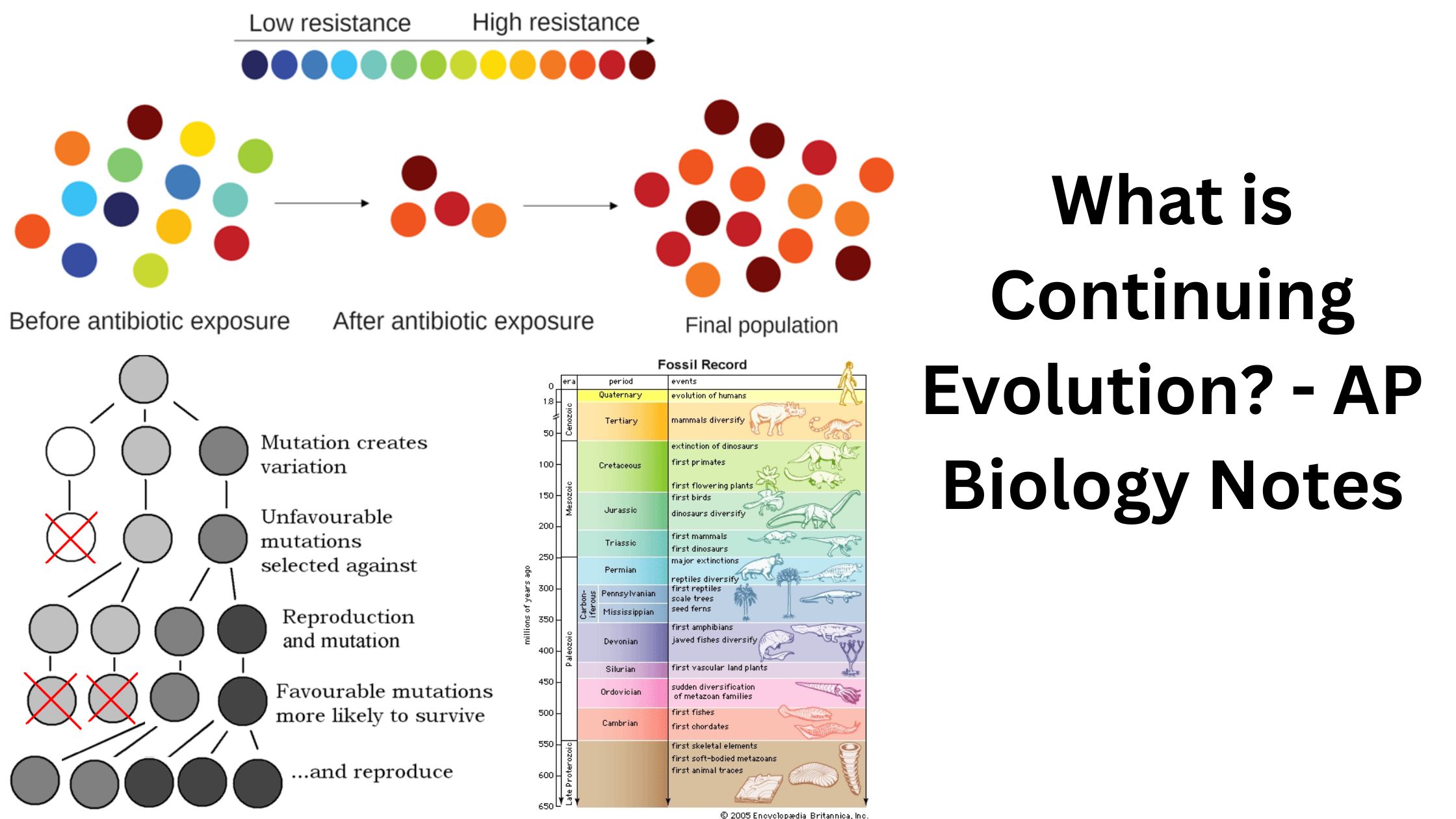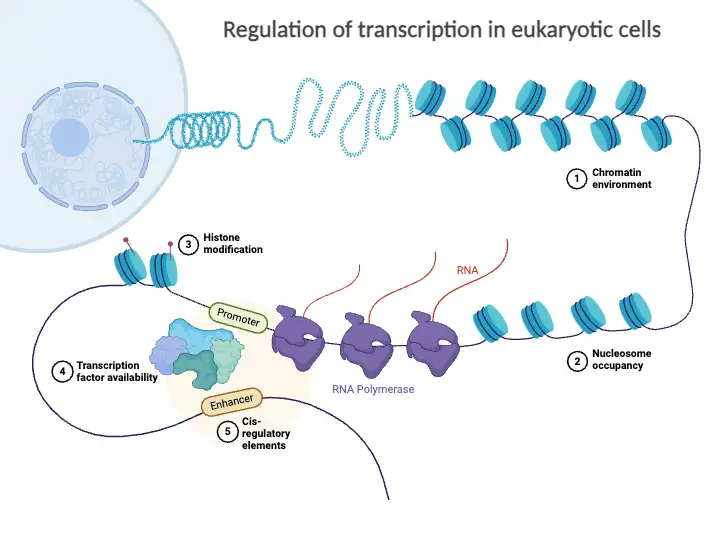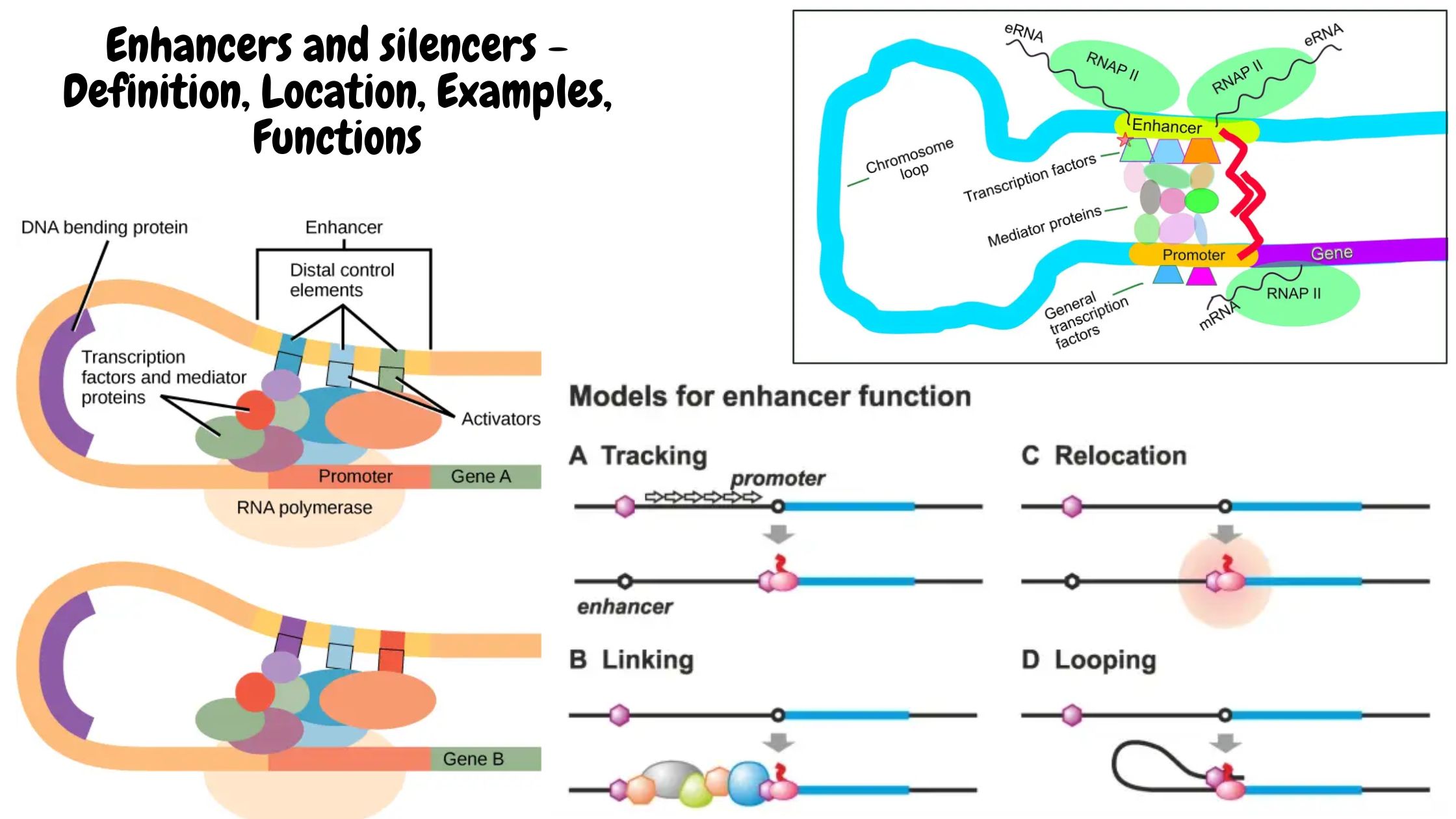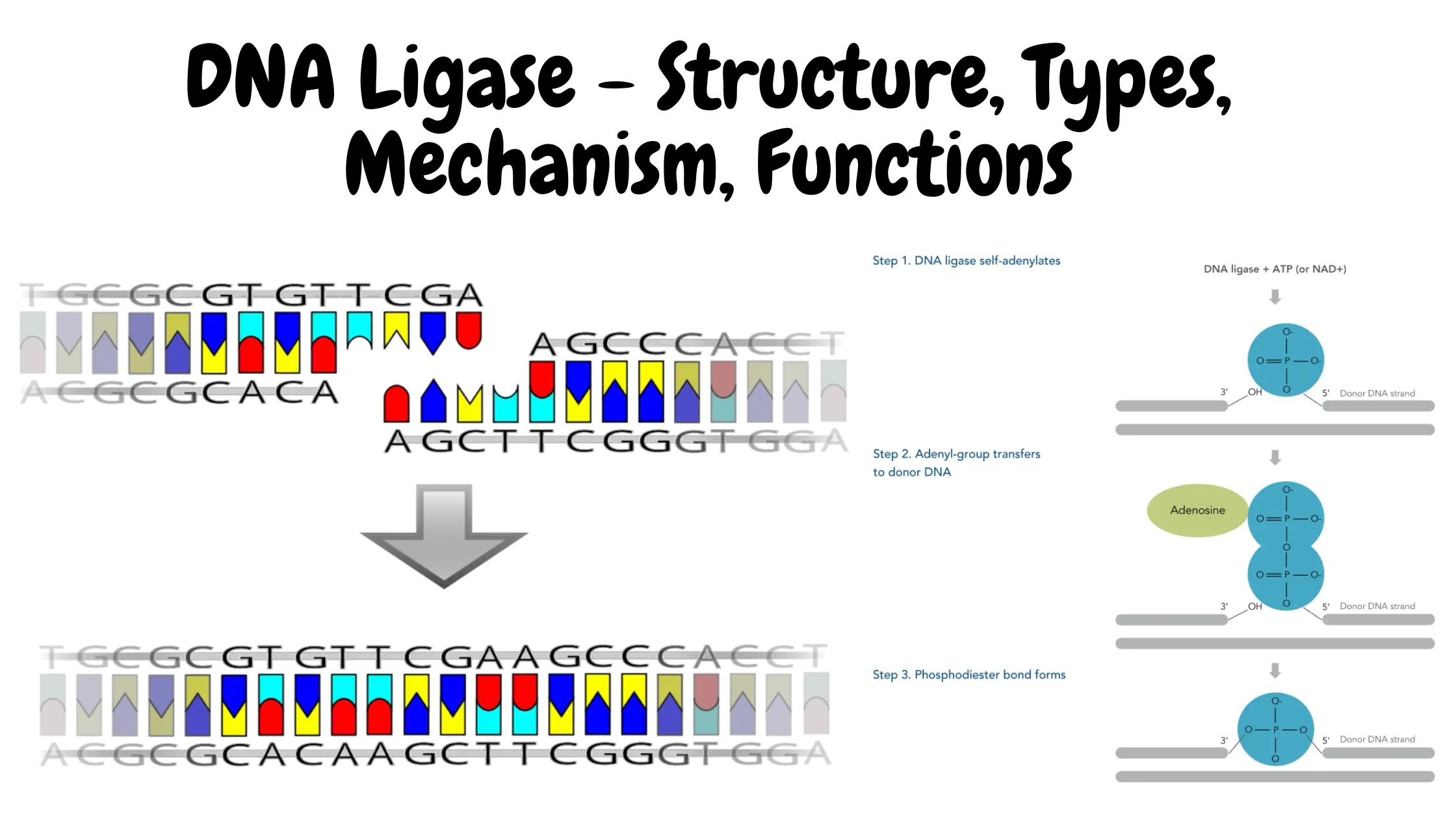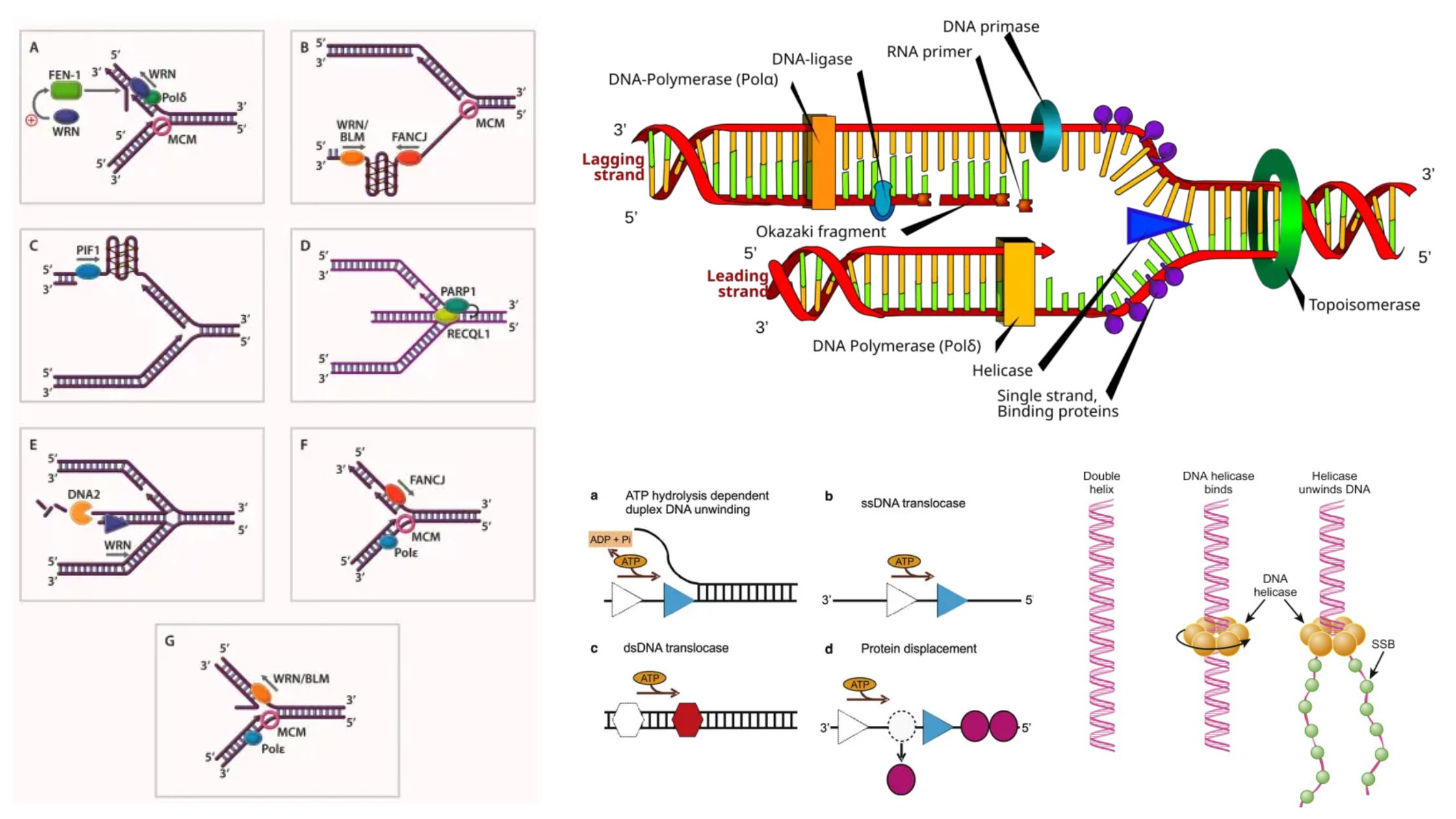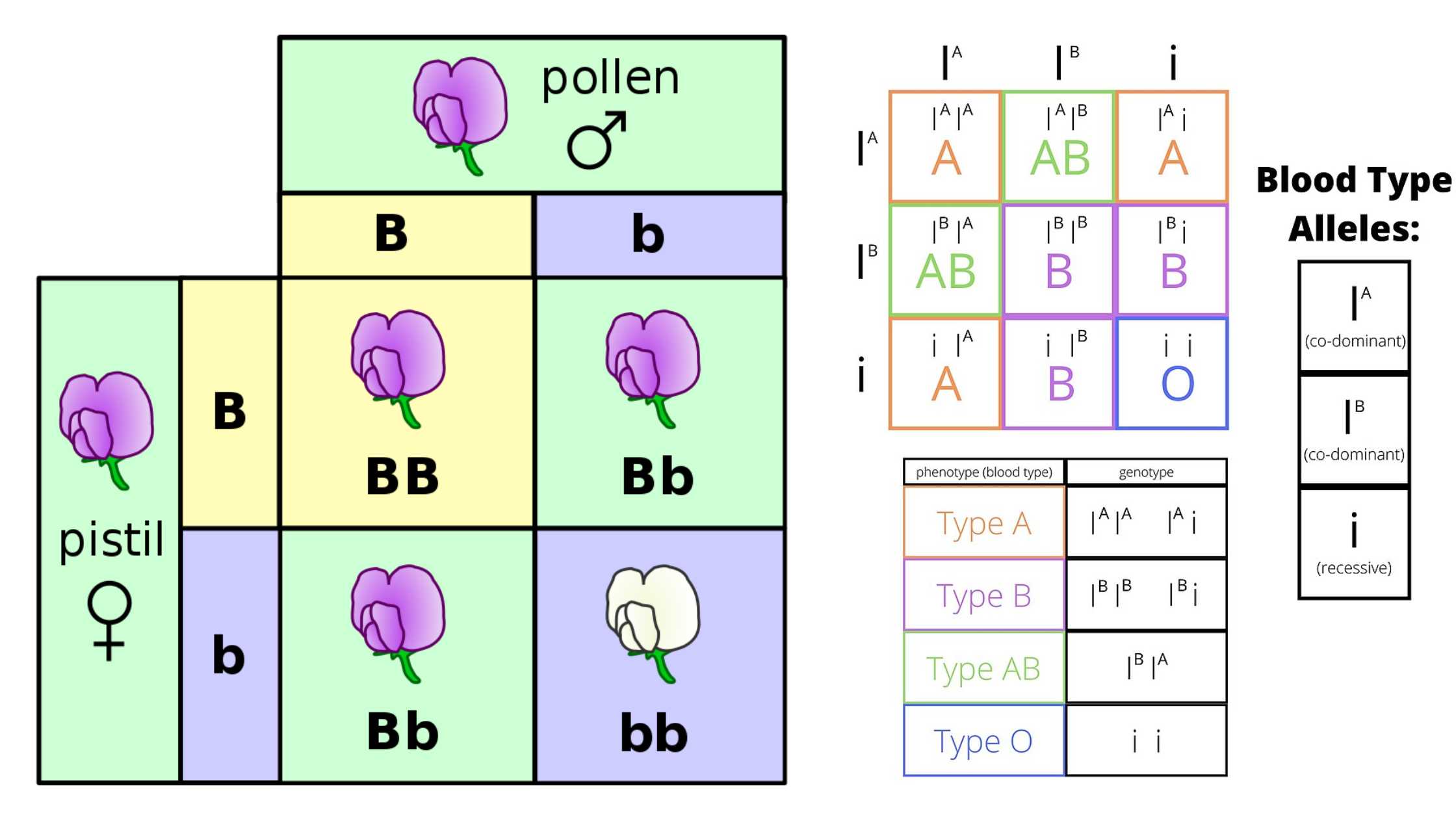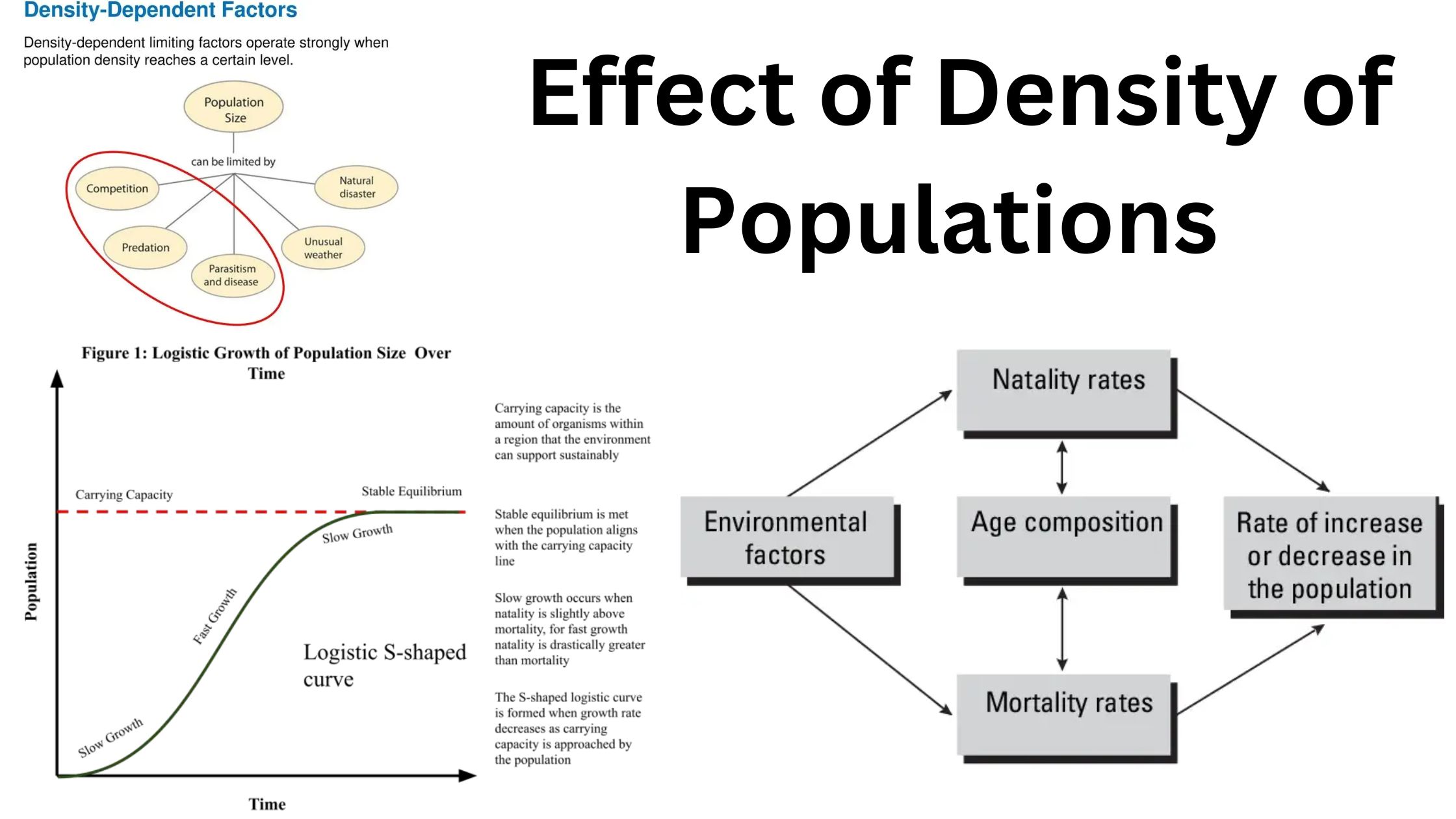Natural Selection – Definition, Theory, Types, Examples
What is Natural Selection? Definition of Natural Selection Natural selection is the process by which organisms with traits better suited to their environment tend to survive, reproduce, and pass those beneficial traits to future generations, leading to gradual evolutionary changes in a population. History of Natural Selection Natural selection, the central concept of Darwin’s theory … Read more
